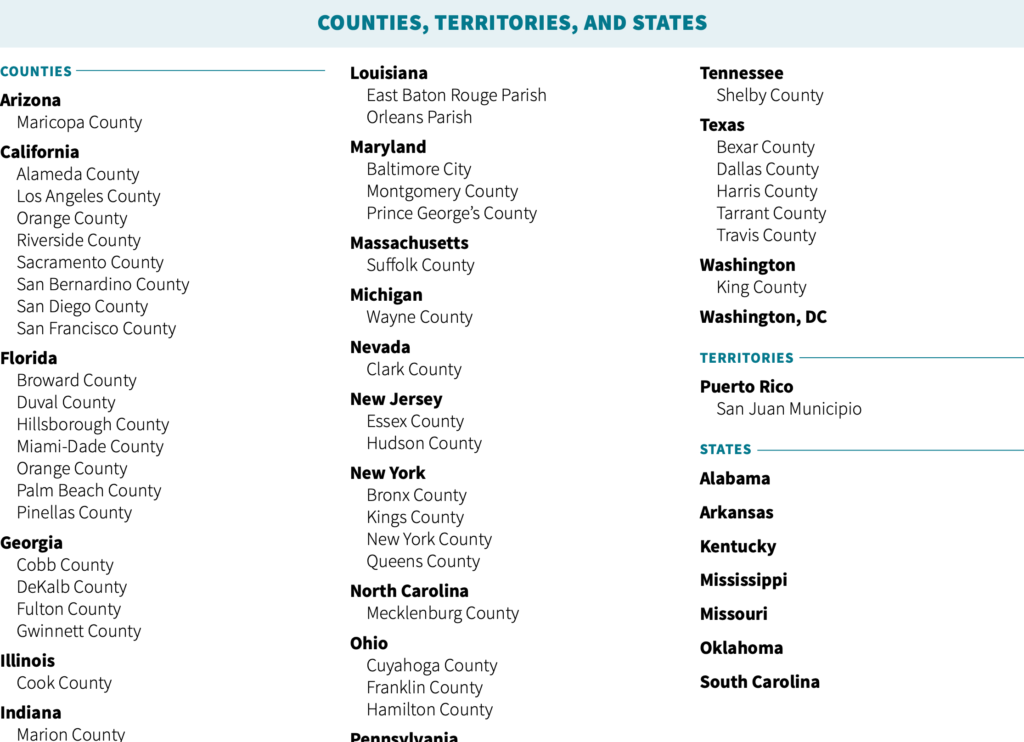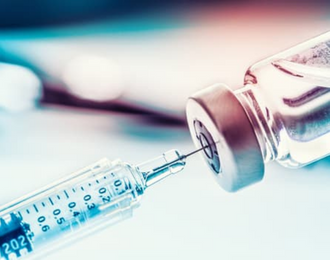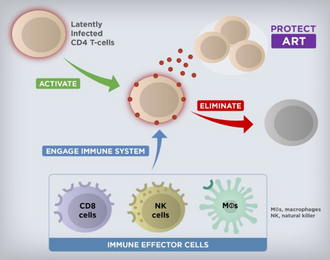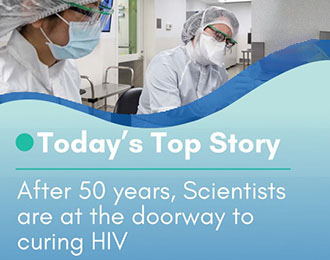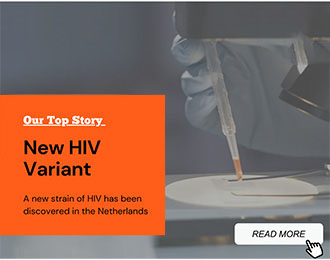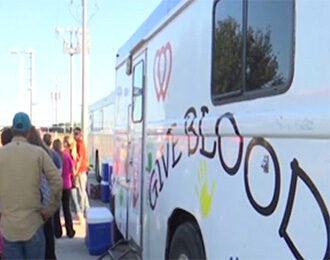Advances in HIV/AIDS

Updated December 2021
What Is Ending the HIV Epidemic in the U.S.?
Ending the HIV Epidemic in the U.S. (EHE) is a bold plan announced in 2019 that aims to end the HIV epidemic in the United States by 2030. Agencies across the U.S. Department of Health and Human Services (HHS) developed an operational plan to pursue that goal accompanied by a request for additional resources that were provided by Congress.
The plan leverages critical scientific advances in HIV prevention, diagnosis, treatment, and outbreak response by coordinating the highly successful programs, resources, and infrastructure of many HHS agencies and offices. In its first phase, the initiative is focusing on areas where HIV transmission occurs most frequently, providing 57 geographic focus areas with an infusion of additional resources, expertise, and technology to develop and implement locally tailored EHE plans.
Goal
The initiative seeks to reduce the number of new HIV infections in the United States by 75 percent by 2025, and then by at least 90 percent by 2030, for an estimated 250,000 total HIV infections averted.
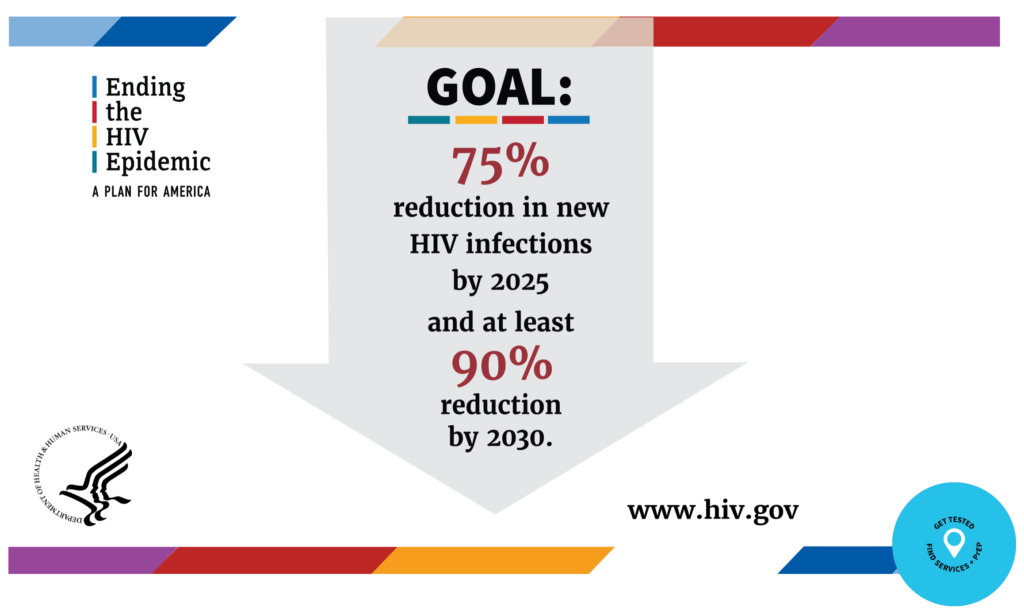
HIV in America
HIV has cost America too much for too long and remains a significant public health issue:
- More than 700,000 American lives have been lost to HIV since 1981.
- More than 1.1 million Americans are currently living with HIV and many more are at risk of HIV infection.
- While new HIV diagnoses have declined significantly from their peak, progress on further reducing them has stalled with an estimated 38,000 Americans being newly diagnosed each year. Without intervention nearly 400,000 more Americans will be newly diagnosed over 10 years despite the availability of tools to prevent transmissions.
- The U.S. government spends $20 billion in annual direct health expenditures for HIV prevention and care.
- There is a real risk of an HIV resurgence due to several factors, including trends in injection and other drug use; HIV-related stigma; homophobia and transphobia; lack of access to HIV prevention, testing, and treatment; and a lack of awareness that HIV remains a significant public health threat.
Learn more about the latest statistics on new HIV diagnoses, people living with HIV, and AIDS diagnoses and deaths in the United States and learn about the impact of HIV on racial and ethnic minorities.
Right Data & Right Tools
Data tell us that most new HIV infections occur in a limited number of counties and among specific populations, giving us the information needed to target our efforts to those locales that will make the biggest impact on ending the HIV epidemic. Further, today we have the tools available to end the HIV epidemic. Landmark biomedical and scientific research advances have led to the development of many successful HIV treatment regimens, prevention strategies, and improved care for persons living with HIV. Notably:
- Thanks to advances in antiretroviral therapy, the medicine used to treat HIV, individuals with HIV who take their medicine as prescribed and, as a result, maintain an undetectable viral load can live long, healthy lives and have effectively no risk of sexually transmitting HIV to a partner.
- We have proven models of effective HIV care and prevention based on more than two decades of experience engaging and retaining patients in effective care.
- Pre-exposure prophylaxis (PrEP), a daily regimen of two oral antiretroviral drugs in a single pill, has proven to be highly effective in preventing HIV infection for individuals at high risk, reducing the risk of acquiring HIV by up to 97 percent.
- Syringe services programs (SSPs) dramatically reduce HIV risk and can provide an entry point for a range of services to help stop drug use, overdose deaths, and infectious diseases.
- New laboratory and epidemiological techniques allow us to pinpoint where HIV infections are spreading most rapidly so health officials can respond swiftly with resources to stop the further spread of new transmissions.
With these powerful data and tools, we have a once-in-a-generation opportunity to end the HIV epidemic.
HHS Leadership
This initiative is leveraging critical scientific advances in HIV prevention, diagnosis, treatment, and care by coordinating the highly successful programs, resources, and infrastructure of many HHS agencies and offices, including the:
- Centers for Disease Control and Prevention (CDC)
- Health Resources and Services Administration (HRSA)
- Indian Health Service (IHS)
- National Institutes of Health (NIH)
- Office of the HHS Assistant Secretary for Health (OASH)
- Substance Abuse and Mental Health Services Administration (SAMHSA)
The HHS Office of the Assistant Secretary for Health is coordinating this cross-agency Plan.
Whole-of-Society Initiative
Achieving EHE’s goals will require a whole-of-society effort. In addition to the coordination across HHS agencies, the success of this initiative will also depend on dedicated partners from all sectors of society working together, including people with HIV or at risk for HIV; city, county, tribal, and state health departments and other agencies; local clinics and healthcare facilities; healthcare providers; providers of medication-assisted treatment for opioid use disorder; professional associations; advocates; community- and faith-based organizations; and academic and research institutions, among others. Engagement of community in developing and implementing jurisdictional EHE plans as well as in the planning, design, and delivery of local HIV prevention and care services is vital to the initiative’s success.
Most infections in the United States are highly concentrated in certain geographic hotspots. More than 50 percent of new HIV diagnoses in 2016 and 2017 occurred in only 48 counties; Washington, D.C.; and San Juan, Puerto Rico. In addition, seven states have a disproportionate occurrence of HIV in rural areas.
Ending the HIV Epidemic in the U.S. is working to reduce new HIV transmissions by 75 percent by 2025 and by 90 percent by 2030, averting more than 250,000 HIV infections in that span. To achieve these goals, Phase I of the initiative focuses on a rapid infusion of additional resources, expertise, and technology into the 57 geographic focus areas.
